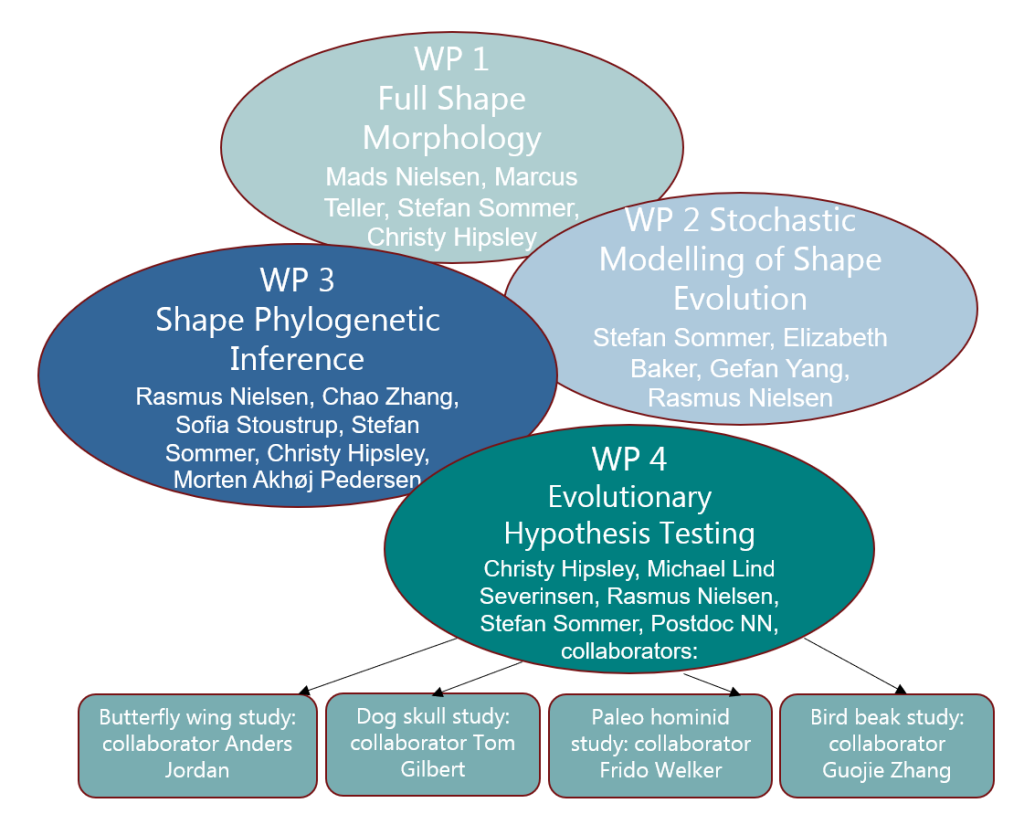Purpose
In evolutionary biology, the change of morphology of organisms through time can be used to decode the evolutionary relationship between species, test hypotheses on evolutionary trees, and determine how different traits were selected on through time. With the Stochastic morphometry project, we aim for developing novel mathematical and computational tools to be applied in this analysis. Particularly, we aim to construct new probabilistic models of shape evolution and from this new algorithms for phylogenetic analysis with shape data.
Research aims
- Full Shape Morphology: Develop the mathematical, computational, and engineering tools for transforming 2D images and 3D volumes to full-shape representations, and to allow morphological comparison between the resulting shapes.
Stochastic modelling of shape evolution: Extend the Brownian motion model of Felsenstein to stochastic evolution of full shapes along the branches of a phylogenetic tree.

- Shape phylogenetic inference: Develop phylogenetic inference methodology allowing test of biological hypotheses using shape evolution. This includes Markov chain Monte Carlo simulation algorithms to allow for parameters estimation and inference of ancestral traits. We will develop methods for testing hypotheses about parameters of the shape change process including parameters governing asymmetries and functional constraints. Incorporating covariates such as life-history traits and climate will allow test of hypotheses about correlations between shape change and evolutionary drivers, e.g. ecological and behavioral factors.
- Co-evolution between genetic and shape features: Implementing models of molecular evolution (DNA sequence evolution) and a joint likelihood function for the DNA sequence data and morphological data. This will allow for likelihood ratio tests for testing the null hypothesis of no co-evolution and in turn allow inference of co-evolution between specific genetic variants and phenotypes along the edges of the phylogeny. Such inferences will effectively map the genetic variants affecting morphological change.
- Evolutionary hypothesis testing: Demonstrating the power of methodological advances by testing evolutionary hypotheses on morphological data including butterfly wings, dog skulls, paleohomonid remains and bird beaks.
Case Studies
We will use the methodologies developed in the project to test hypotheses about the laws governing morphological evolution on four case studies:
- zygaenidae butterfly wing shape development,
- avian diversity,
- canid domestication and
- paleo hominids
The case studies aim for an identification of those features of the full morphological shape that change in a correlated manner. E.g. fluctuating asymmetry of butterfly wings in relation to environmental disturbance, effects of domestication on canid skull evolution, signatures of hybridization in paleo hominid craniofacial features, and phylogenetic patterns of avian beak diversity.

